POETRY AND PAINTING
Be inspired to write, paint and perform by one of Van Gogh’s favourite poems, ‘To Autumn’ by John Keats
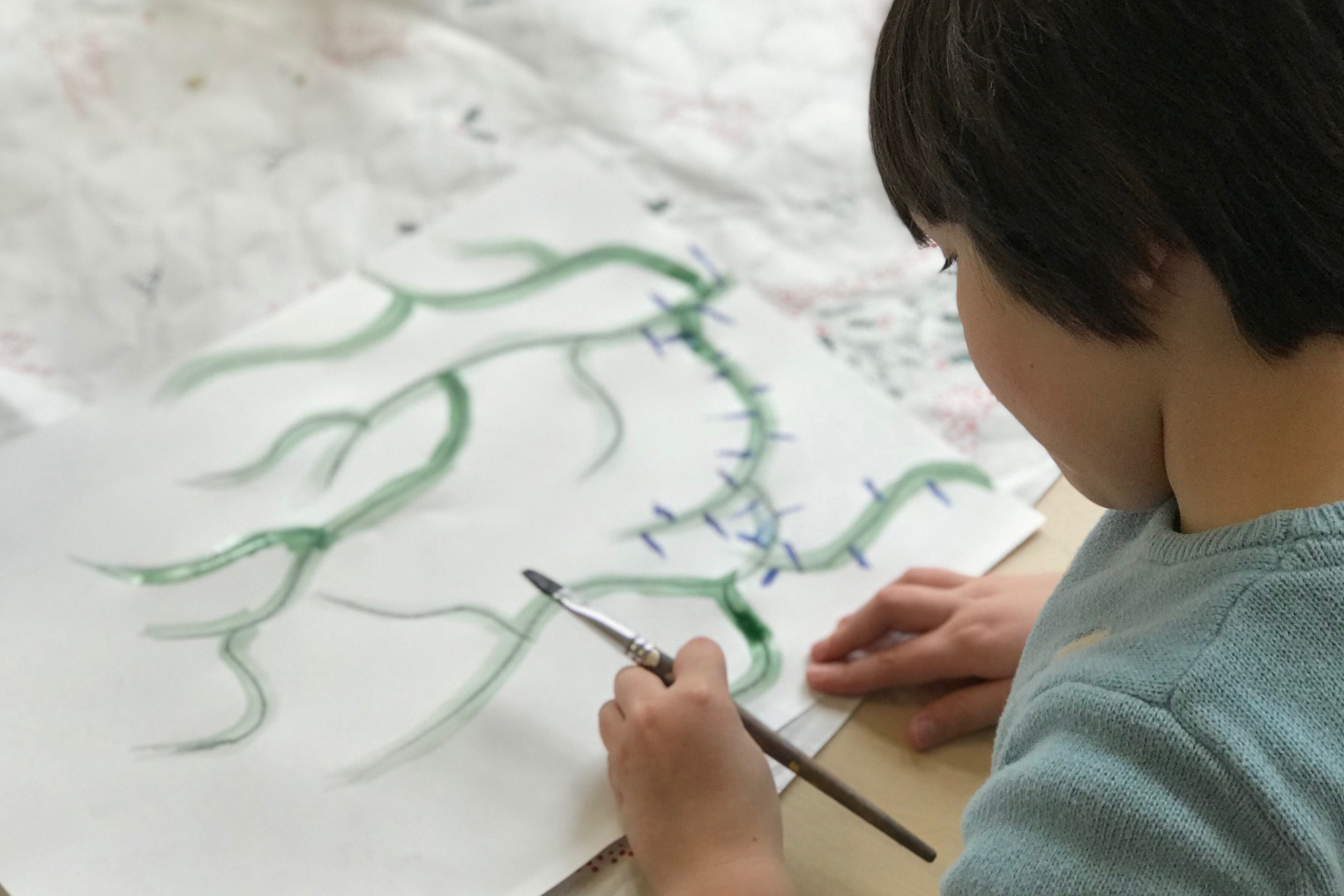
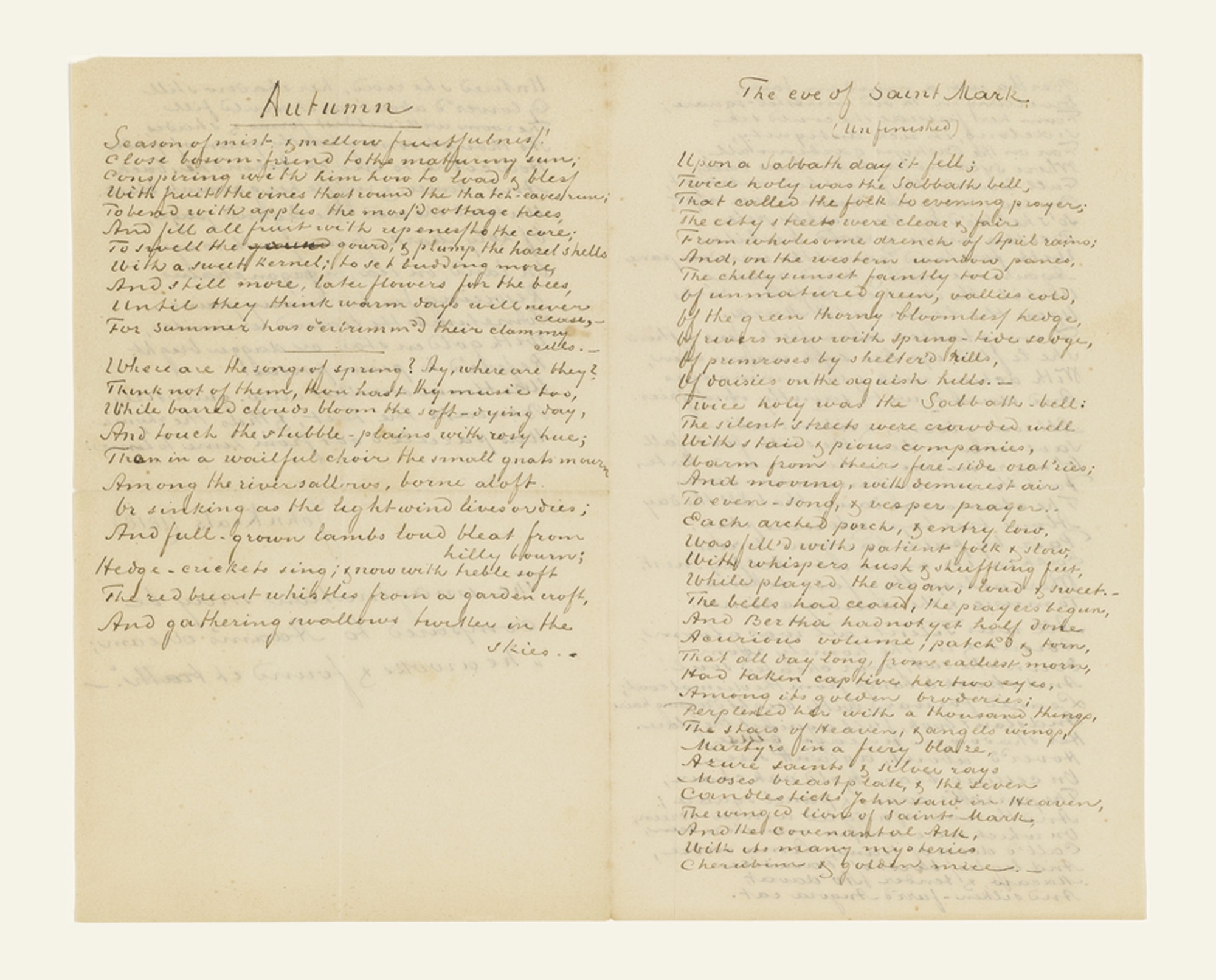
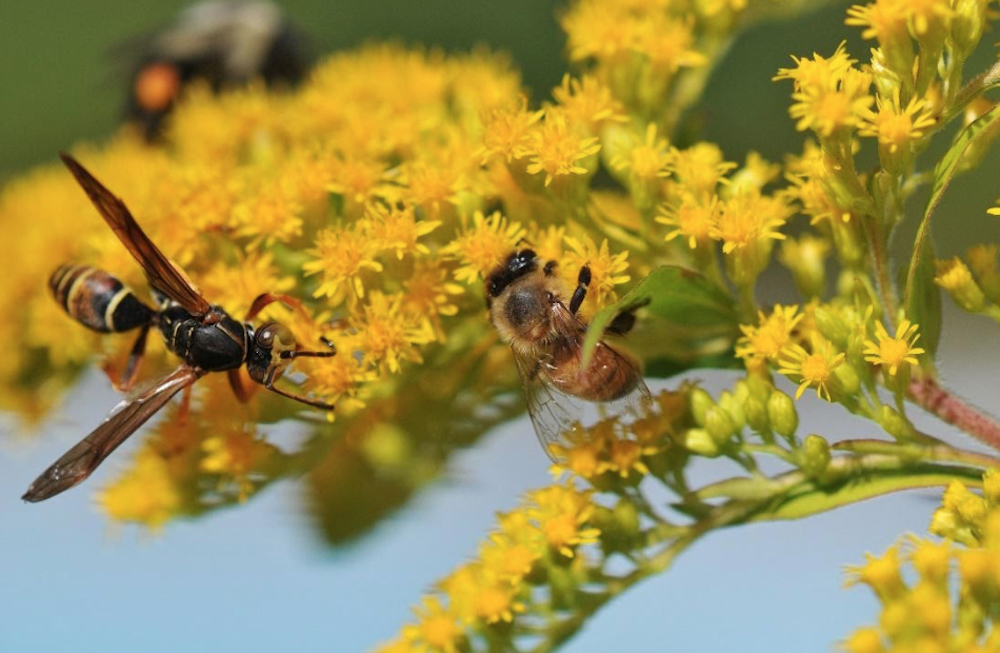
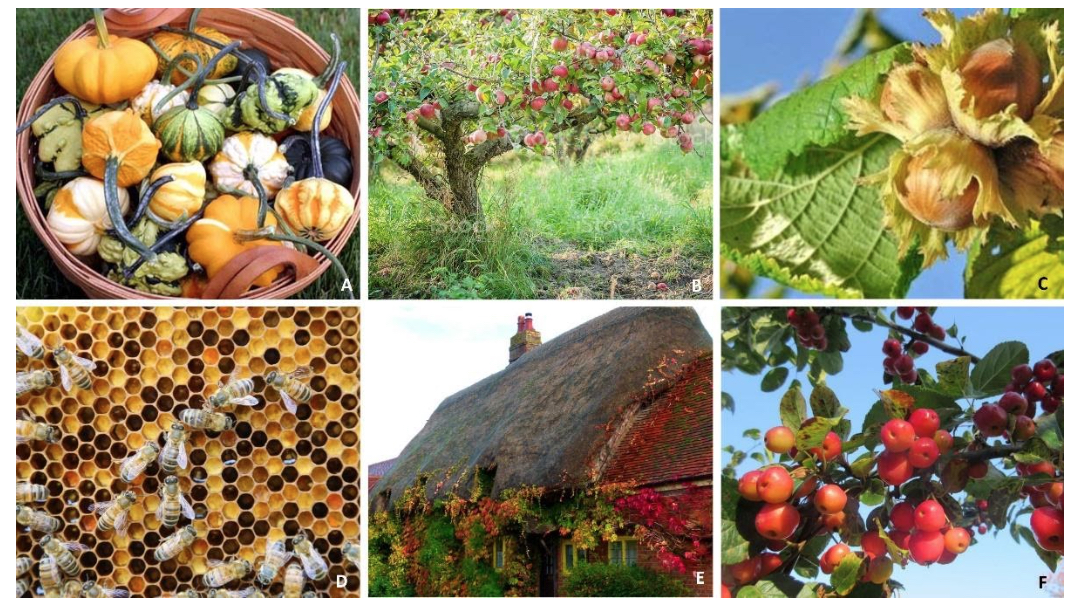
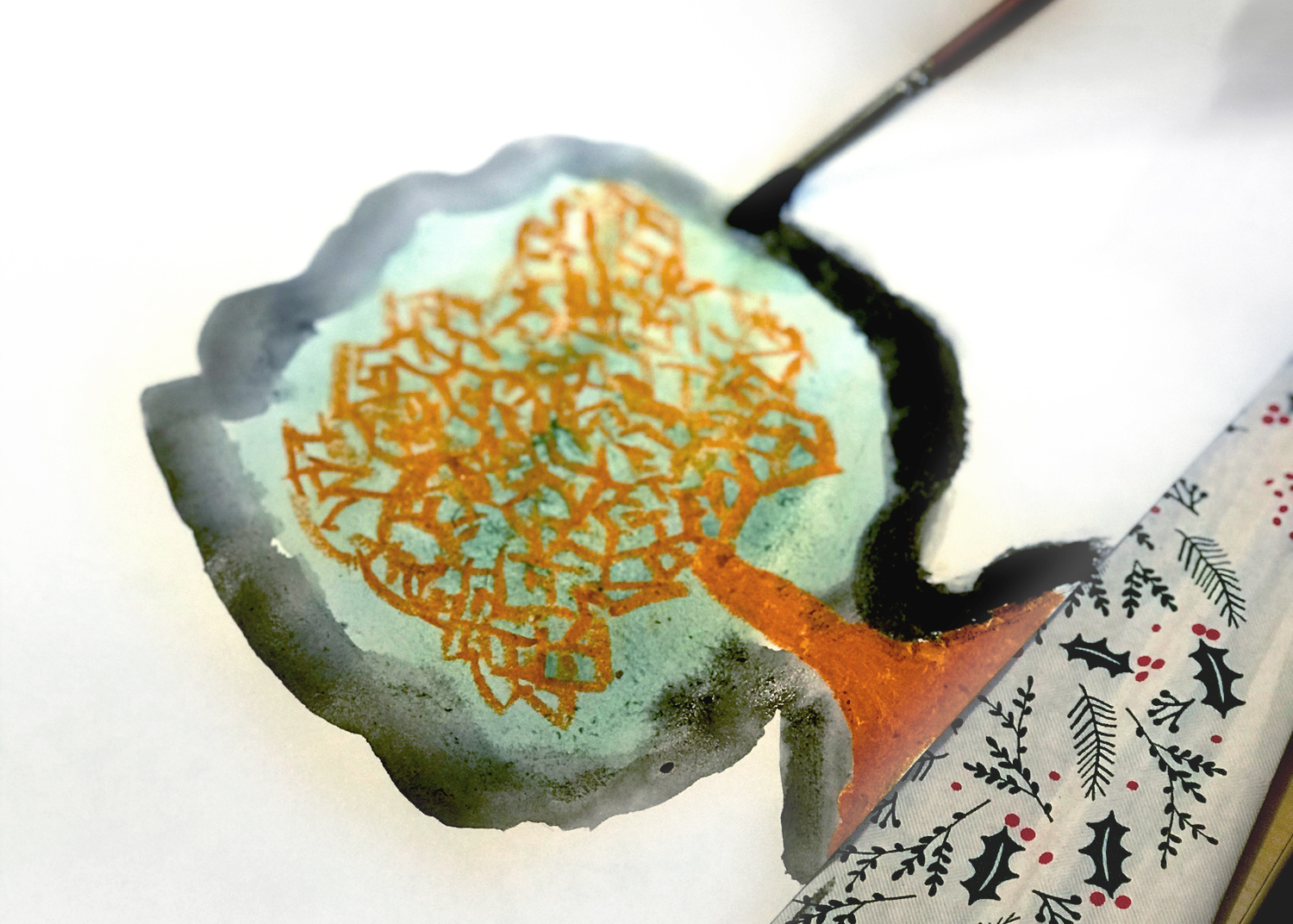

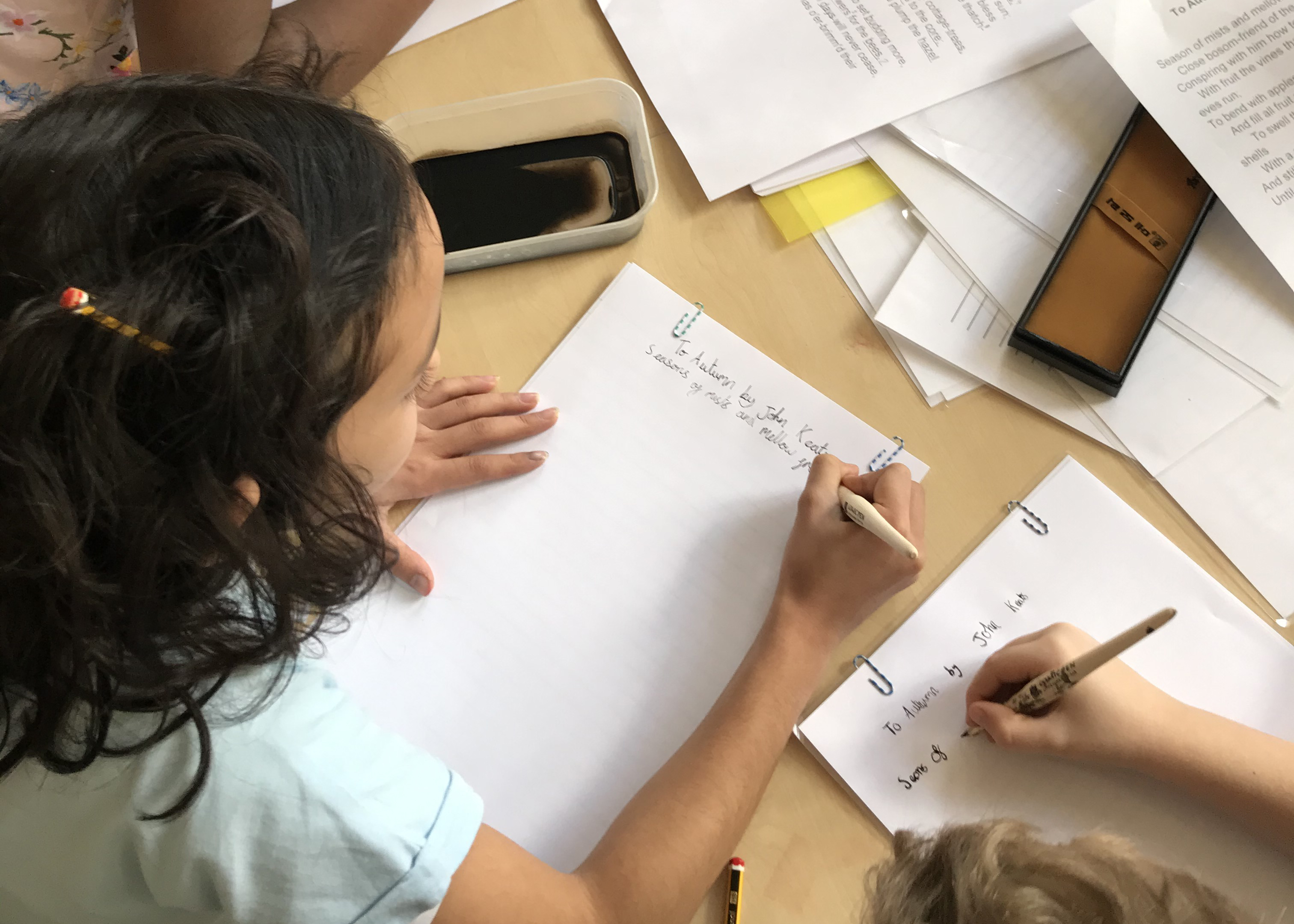
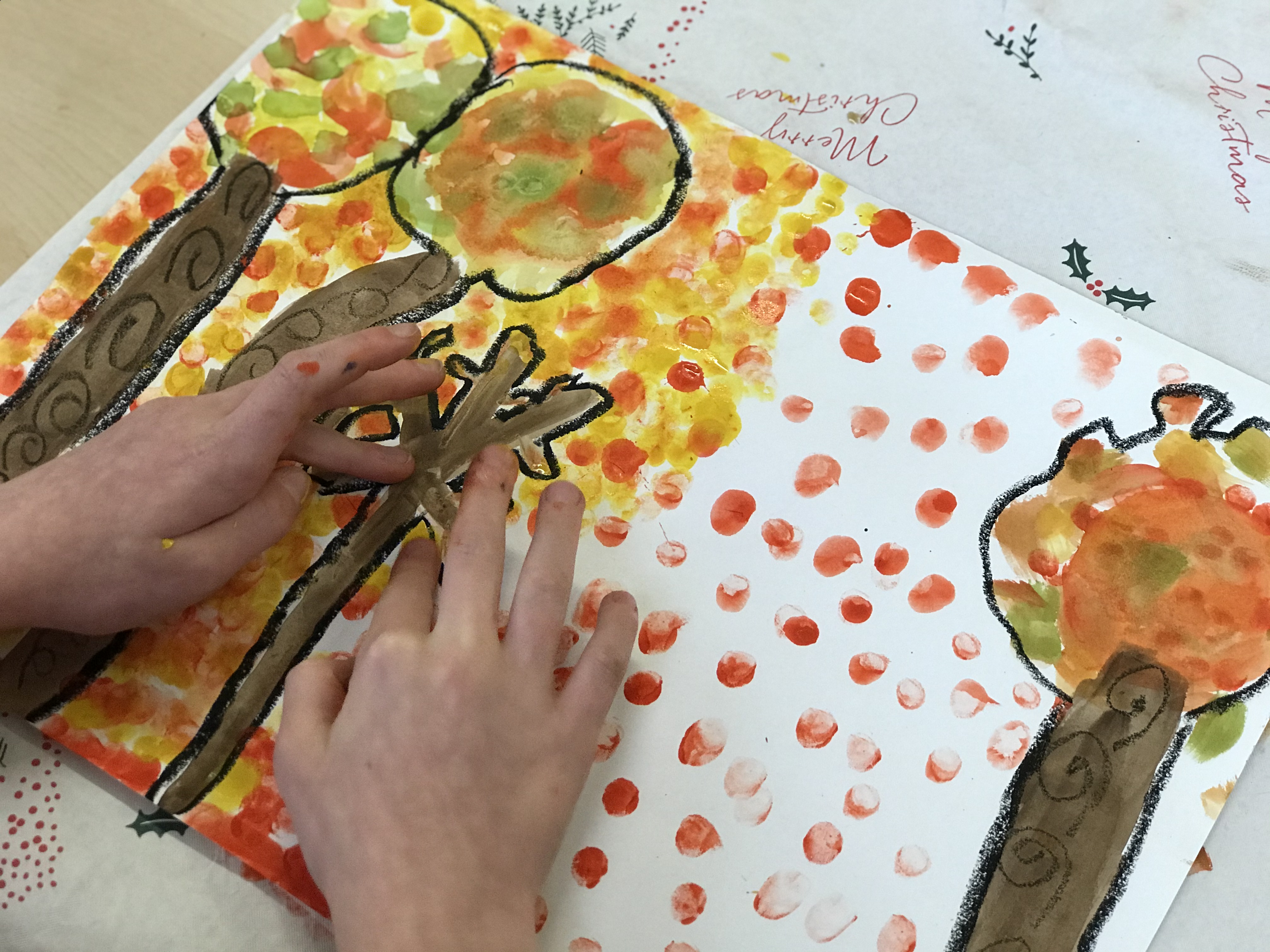
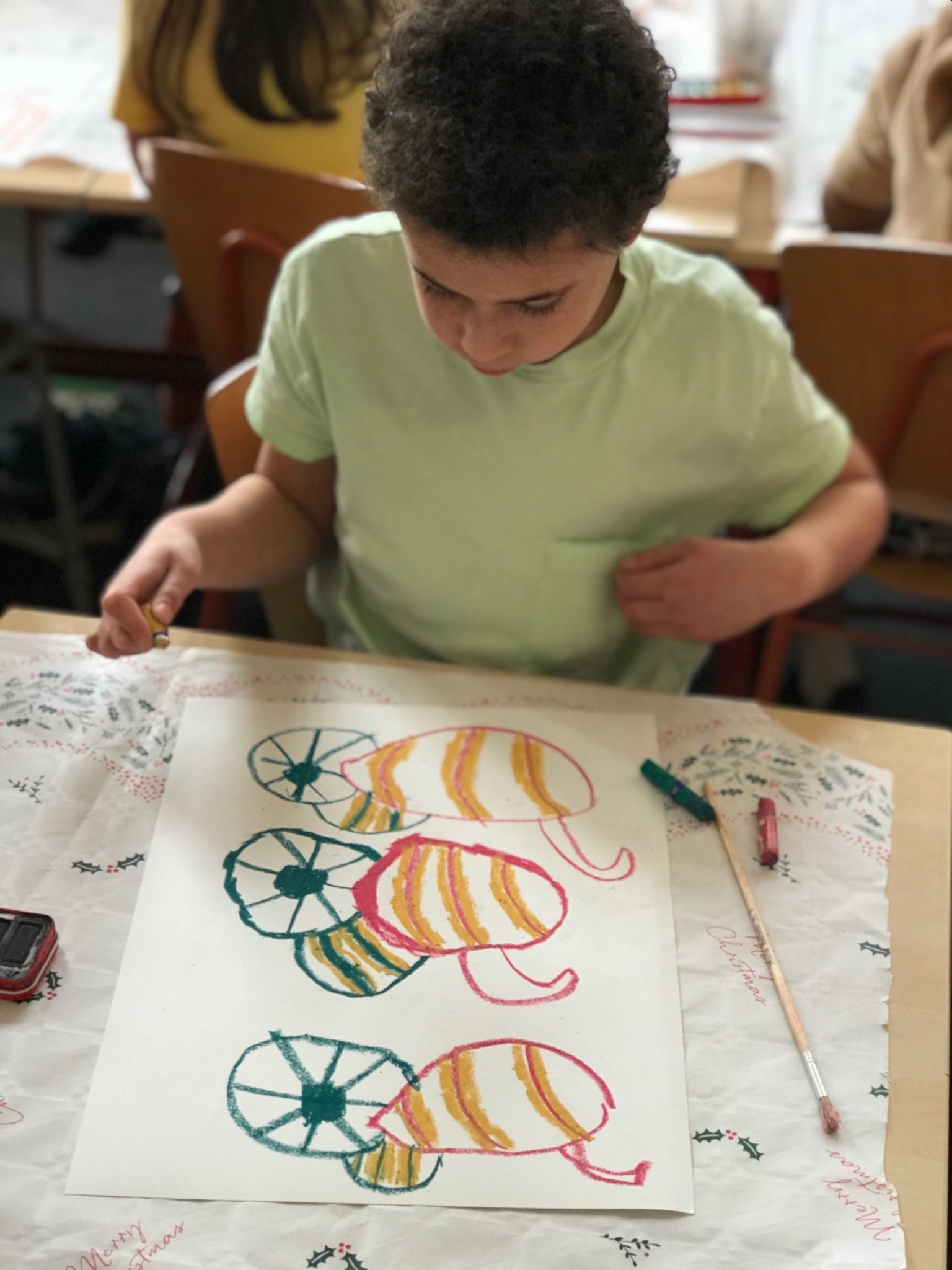
Have you made a painting inspired by John Keats Autumn or one of Vincent’s tree paintings? Perhaps the activities inspired you to try out some a different ideas? We’d love to know how you got on. Please Send us a photo or any comments via our instagram, twitter or facebook using #vincentstreasures, or via our email info@vangoghhouse.co.uk
Curriculum Links: Literacy, Science (changing seasons), Art & Design, History (the Victorians), Drama.
Suitable for KS1 and KS2.
To Autumn by John Keats
Nature in Autumn
Performing poetry
Created by Lucy Hall, Livia Wang and Janet Currier, with support from Oval Learning Cluster, The National Lottery Community Fund, Van Gogh House London and children and teachers from Reay Primary School.
© Van Gogh London 2021